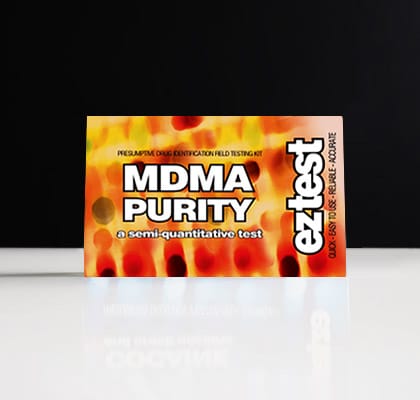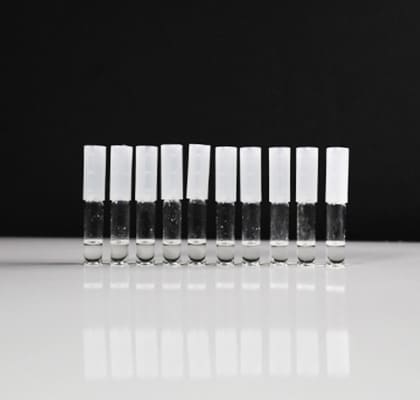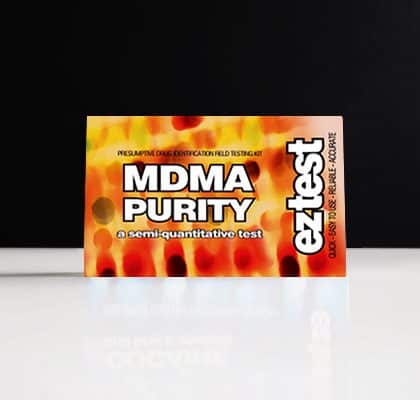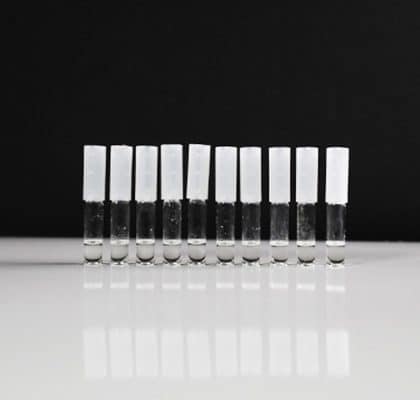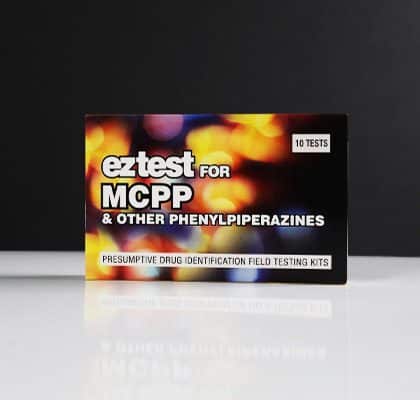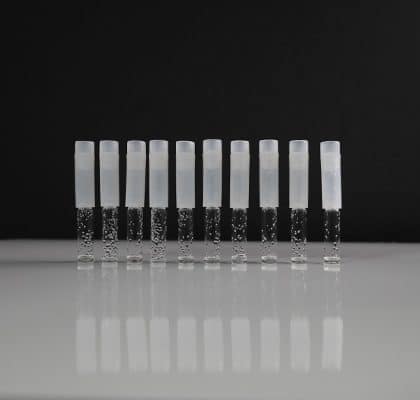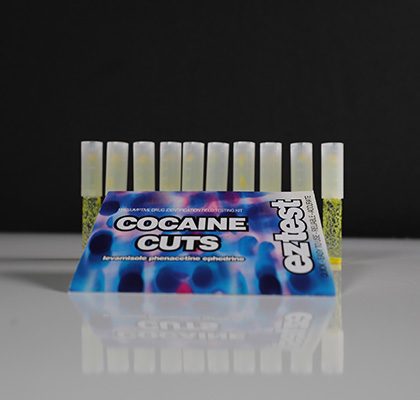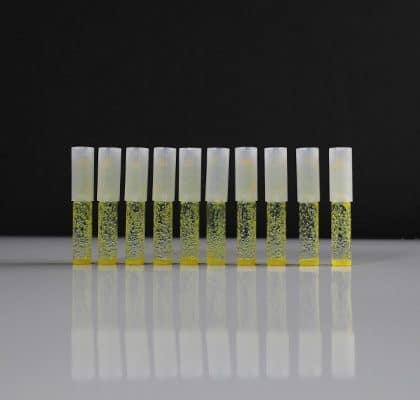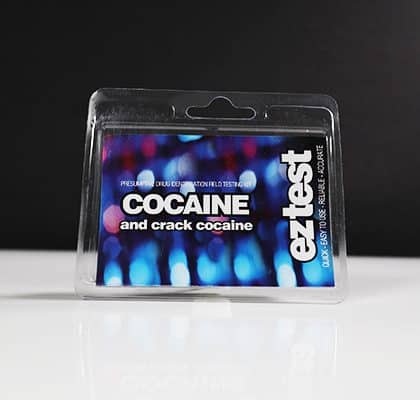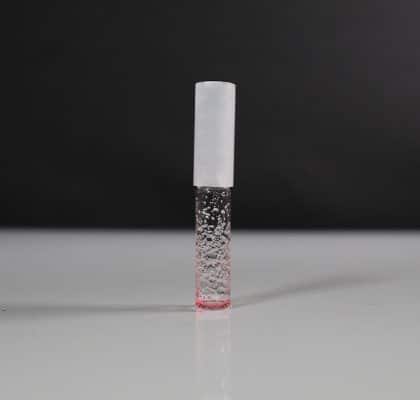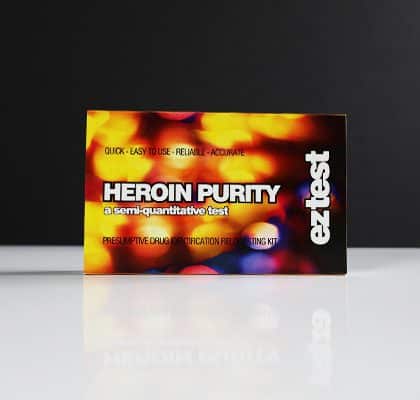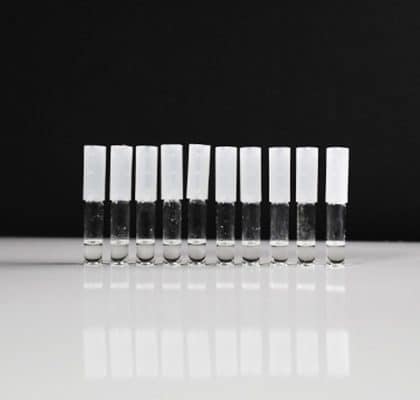MDMA EZ Test – 10 Pack
€60,00 Oorspronkelijke prijs was: €60,00.€45,00Huidige prijs is: €45,00. incl. vat
Safeguard your experiences with the MDMA Purity Test, a kit containing 5 tests designed to assess the purity of MDMA samples for harm reduction. This tool helps identify varying content levels in a market filled with contaminated products, promoting informed and safer decisions without reacting to amphetamines.
What is MDMA Purity Test
The MDMA Purity Test is a specialized harm reduction kit featuring 5 ampoules, each with a chemical reagent to evaluate the concentration of MDMA in samples like pills or powders. It provides a color-based indication of purity, from minimal to excessive amounts, addressing the risks in today’s eclectic ecstasy market where products may contain little to no MDMA or dangerously high doses. This can prevent uninformed users from endangering their health through unexpected effects like overdose symptoms or ineffective experiences. Unlike standard identification tests, it focuses solely on purity without detecting common adulterants or related substances like amphetamines—for identification, complementary ecstasy tests are recommended.
Users value its role in empowering personal safety, as the simple reaction offers quick insights at home or on-the-go, though it’s not a comprehensive analysis. The ampoule design ensures portability and ease, making it discreet for those navigating unregulated supplies. Many incorporate it into responsible practices, aligning with global efforts to mitigate drug-related harms without promoting consumption.
Its development targets the informed consumer, highlighting market impurities to foster caution. Overall, the MDMA Purity Test serves as a proactive tool for those prioritizing well-being in potentially hazardous scenarios.
History of MDMA Purity Test
The MDMA Purity Test traces its origins to the broader advancement of drug testing technologies, emerging amid the 1980s MDMA boom when the substance, first synthesized in 1912 for pharmaceutical purposes, entered recreational scenes and faced widespread adulteration. Early forensic methods focused on identification, but by the 1990s, harm reduction movements in Europe and the US pushed for purity assessments as overdose cases rose from variable dosages in pills. Innovators adapted lab reagents for public use, creating user-friendly kits to combat the influx of low-quality or super-potent products flooding markets during rave culture’s peak.
This specific test joined the EZ Test lineup in the early 2010s, refined to measure MDMA levels exclusively while ignoring amphetamines, based on feedback from advocacy groups like DanceSafe. Its launch coincided with growing awareness of health risks from inconsistent street supplies, incorporating color charts for intuitive results. Over the years, it has evolved with chemical stability improvements, responding to synthetic trends and user needs for accessible tools.
Today, it represents a culmination of scientific and social progress, supporting educational initiatives on substance safety. Enthusiasts worldwide rely on its legacy for reducing uncertainties, underscoring a shift toward empowered, precautionary approaches in recreational contexts.
How to Use MDMA Purity Test
To operate the MDMA Purity Test, select one ampoule from the 5-pack and prepare a tiny sample, minimizing contact for safety. Break the glass open gently without force, add the substance, secure the plastic lid, and shake thoroughly to blend with the reagent, adhering to the four-step process for reliable outcomes.
Watch for color alterations over a few minutes, matching them to the enclosed information sheet and chart—varied intensities signal purity degrees, with no change indicating absence or low content. This efficient method suits quick, private evaluations, requiring no special skills.
Afterward, discard the ampoule and sample securely in a sealed container to avoid risks. If the unit arrives damaged, seek a replacement from your source. Perform in a well-aired space for optimal visibility.
The approach emphasizes harm reduction, offering suggestive data only—lab exams provide thorough verification. Integrate it thoughtfully into safety protocols for better-informed choices.
With careful application, it enhances vigilance, helping navigate market variabilities responsibly.
Ingredients of MDMA Purity Test
The MDMA Purity Test consists of a tailored chemical reagent absorbed into silica gel, contained within glass ampoules for the 5-test kit. This reagent is engineered to interact specifically with MDMA’s composition, generating color gradients based on concentration without responding to amphetamines or common contaminants, ensuring focused purity assessment.
Silica gel functions as a stable, inert base, maintaining the formula’s integrity until sample introduction sparks the reaction. No supplementary agents or dyes are added, preserving precision and reducing interference potentials.
Drawing from forensic reagent traditions, the setup is optimized for everyday users with minimal volume per test. It prioritizes controlled handling, non-ingestible by design to limit exposure.
Enthusiasts appreciate its streamlined formulation, enabling dependable indications in diverse samples. Openness in components builds confidence for those employing harm reduction aids.
Warning Remember to dispose of the ampoule and sample safely after testing. The EZ-test kits are purely a guide to help analyze a substance. It is advised not to touch any substance and extensive laboratory tests of samples are recommended for more detailed results.
Do you ship to my country?
We ship to most EU countries. You can find these in the table below. We ship all our EU packages with DHL, DPD or PostNL depending on the area. This way we can deliver the best service possible. You will always receive a track and trace code to track your package from door to door.
| Country | Delivery | Costs | Free shipping |
|---|---|---|---|
| Austria | 2 - 3 | €11,95 | €125,- |
| Belgium | 1 - 2 | €7,95 | €125,- |
| Bulgaria | 6 - 8 | €21,95 | €125,- |
| Croatia | 3 - 5 | €17,95 | €125,- |
| Czech Republic | 2 - 4 | €13,95 | €125,- |
| Estonia | 4 - 6 | €19,95 | €125,- |
| France | 2 - 3 | €10,95 | €125,- |
| Germany | 1 - 3 | €7,95 | €125,- |
| Greece | 6 - 8 | €21,95 | €125,- |
| Ireland | 3 - 4 | €16,95 | €125,- |
| Italy | 2 - 4 | €18,95 | €125,- |
| Latvia | 3 - 5 | €15,95 | €125,- |
| Lithuania | 3 - 5 | €22,95 | €125,- |
| Luxembourg | 1 - 2 | €11,95 | €125,- |
| Netherlands | 1 - 2 | €6,95 | €125,- |
| Poland | 2 - 3 | €14,95 | €125,- |
| Portugal | 3 - 4 | €20,95 | €125,- |
| Romania | 3 - 5 | €17,95 | €125,- |
| Slovakia | 3 - 5 | €17,95 | €125,- |
| Slovenia | 2 - 3 | €17,95 | €125,- |
| Spain | 2 - 3 | €14,95 | €125,- |
* Difficult to reach areas like Islands or other remote regions will cost around €20,- more due to additional carrier fees.
Note: We try to ship all orders within 1 working day, all delivery times are estimated and can vary because of traffic and holidays.

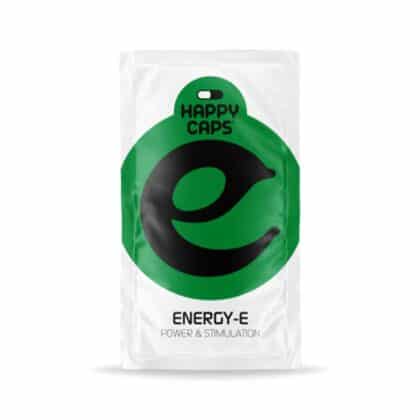 Energy-E
Energy-E 